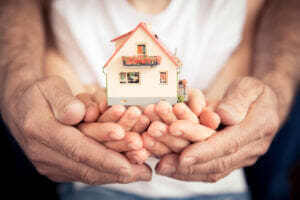Not Just for Babies and Toddlers: How to Childproof When You Have Older Kids in the House
Identify the Dangers in Advance
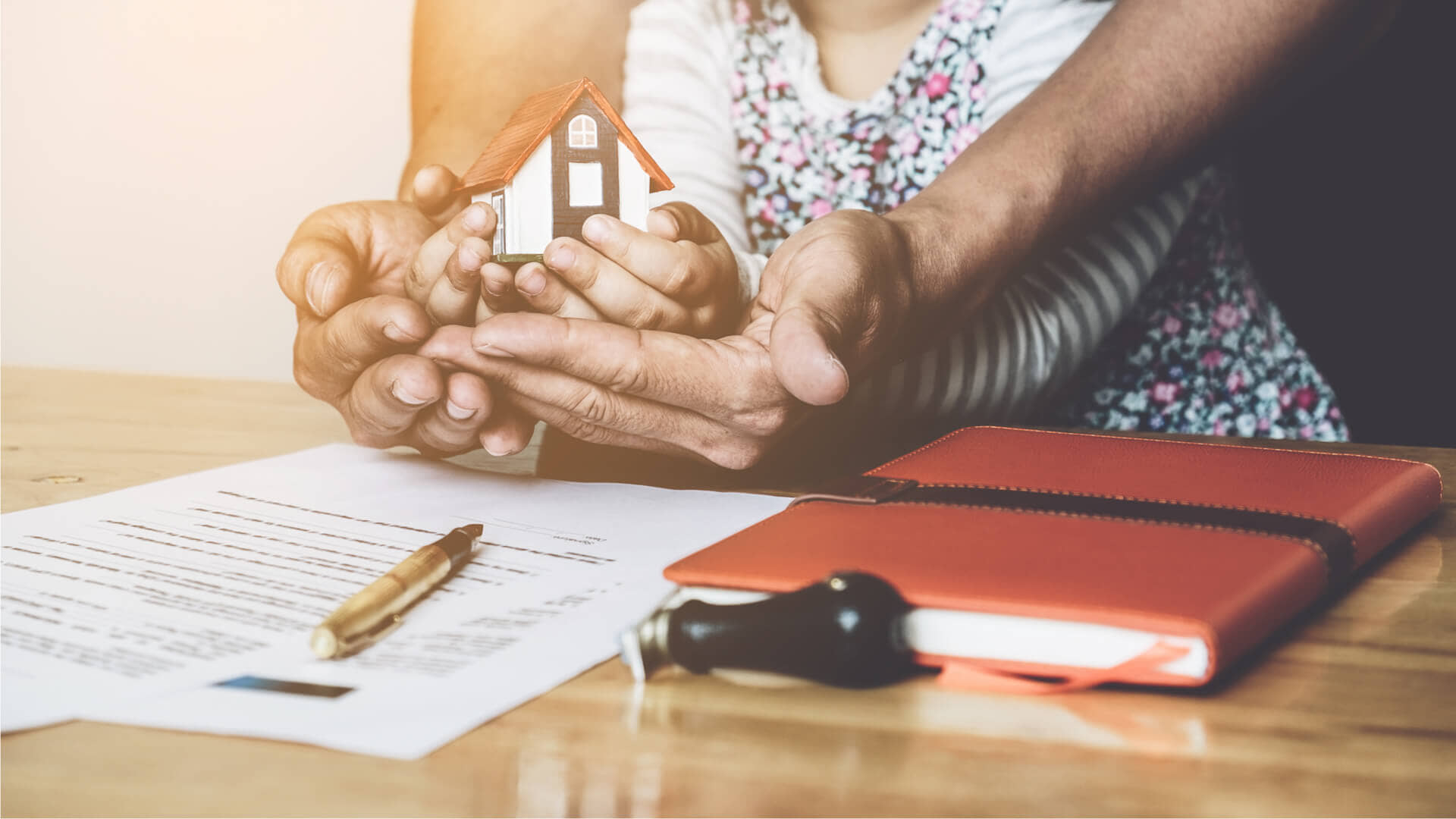
If you already have children, then there is a strong chance that you have some basic childproofing in the home already. Now would be a good time to revisit what you have in place to avoid any pitfalls later on as your child grows.
An older child could render the existing precautions useless once they have advanced beyond the toddler stage, but there are some simple things you can do that are both effective and practical.
Recheck All Existing Safety Gates
Your child will learn quickly, and there is a reasonable chance that the safety gates you have will now be ineffective. Children like to climb things and a safety gate situated at the top of the stairs can be both an irresistible lure to a child and a real risk of harm. Review and update them to avoid the risks later.
Become the Child
A great tip to minimizing the risks around the house is to get down on your hands and knees and move about your home as though you were a child. You get a perfect view of what the child sees down there and will spot any dangers more easily. You’ll also appreciate the level of threat that everyday objects pose to an unsteady child.
Remove Trailing Hazards
Blind and curtain cords and electrical leads are trip hazards that can be avoided. Anything that entangles your child is a risk and should be eliminated.
Tuck Away Medicines
Double-check any medicines you keep in your home. Do you have child-proof lids on the bottles and are they locked away, beyond the reach of an inquisitive child?
Keep Flammable Items Locked Away
Flames are mesmerizing to all, especially children, and we all know the dangers that they can bring in young, inexperienced hands.

Install Window Stops and Guards
Window guards only allow the window to open a small amount, thereby protecting your child from falling out. This is especially important for upstairs windows or if you live in an apartment.
Prevent Furniture “Jungle Gyms”
As adults, we see an empty chair as a place to rest and relax, but to a child it’s a climbing frame and a way of reaching the objects on the higher shelves. With this in mind, keep furniture away from bookshelves or cabinets, and don’t leave easily accessible empty chairs near windows as this will expose the child to even greater danger.
Supervise Bathtimes
Bathtime is one of the most fun things a child gets to do, but it can also be dangerous. Drowning is a real danger, even if the bath water is shallow, so make sure to supervise at all times.
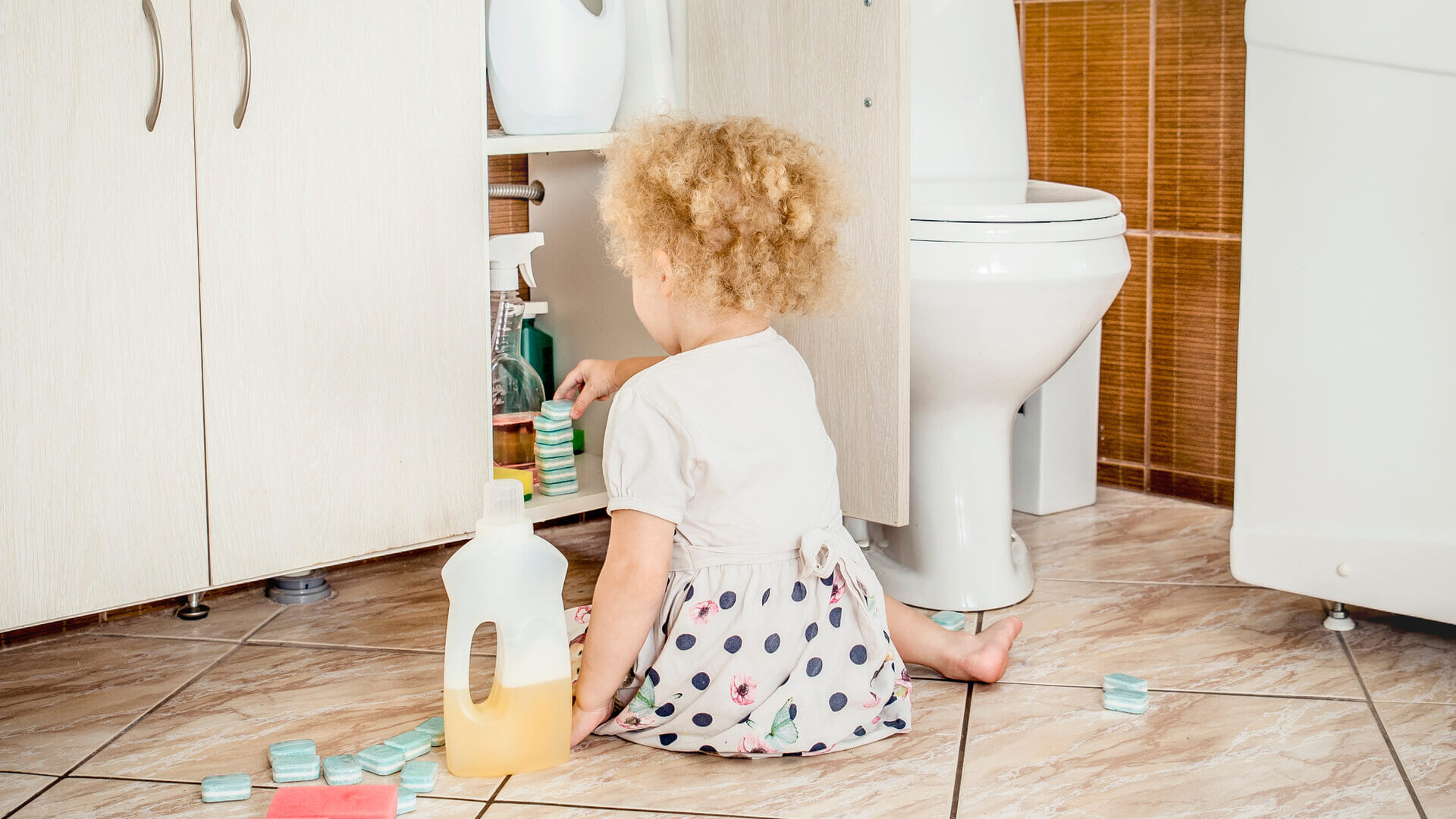
Secure Cleaning Products
This includes liquid tabs for laundry. They are usually bright, soft to touch, and inviting to look at and something that a child might be tempted to pop in their mouth.
Use Fireguards
Open fires and solid fuel burners are increasingly popular in our homes, but with fire comes risk. Make sure that any open fires or solid fuel burners are cordoned off from unsteady feet.
Be Gun Safe
Keep guns locked away and unloaded. Place the gun cabinet in a secluded, hidden spot in the house to prevent your child from trying to access it in the first place. Make sure to keep the ammunition locked away in a place separate from the gun, and hide the keys for both locks. There is no point locking away the weapons if the key is lying where it can be easily found. Don’t underestimate the intelligence of your child; if they see you using the key, they’ll know what it’s for and how to use it.
Teach the Dangers

As your child grows, so too does their level of understanding. A child of 3 to 5 will have an understanding of the concept of danger, even if they can’t yet rationalize what is potentially going to be a danger to them. So now would be a great time to teach them about some of the most significant risks in your home.
Expect that your child’s inherent desire will lead them astray from time to time, and acknowledge that 100 percent adherence to the rules will be impossible. The best you can expect is a basic level of understanding in what you are trying to teach them.
Be Clear About Dangers
Children need to learn early on about the risks they encounter, be it a hot oven or climbing the stairs unaided.
Teach About Important Alert Sounds
Educate your children about the sounds of smoke alarms and fire alarms, and make sure you practice escape routes should they hear the alarm is activated.
Encourage Safety Outside
It isn’t only the inside that you should be concerned with; turn your attention to the garden and the street as well. Teach your child the dangers of roads and cars because it might save their life.
Taking Practical Steps to Minimize the Risk
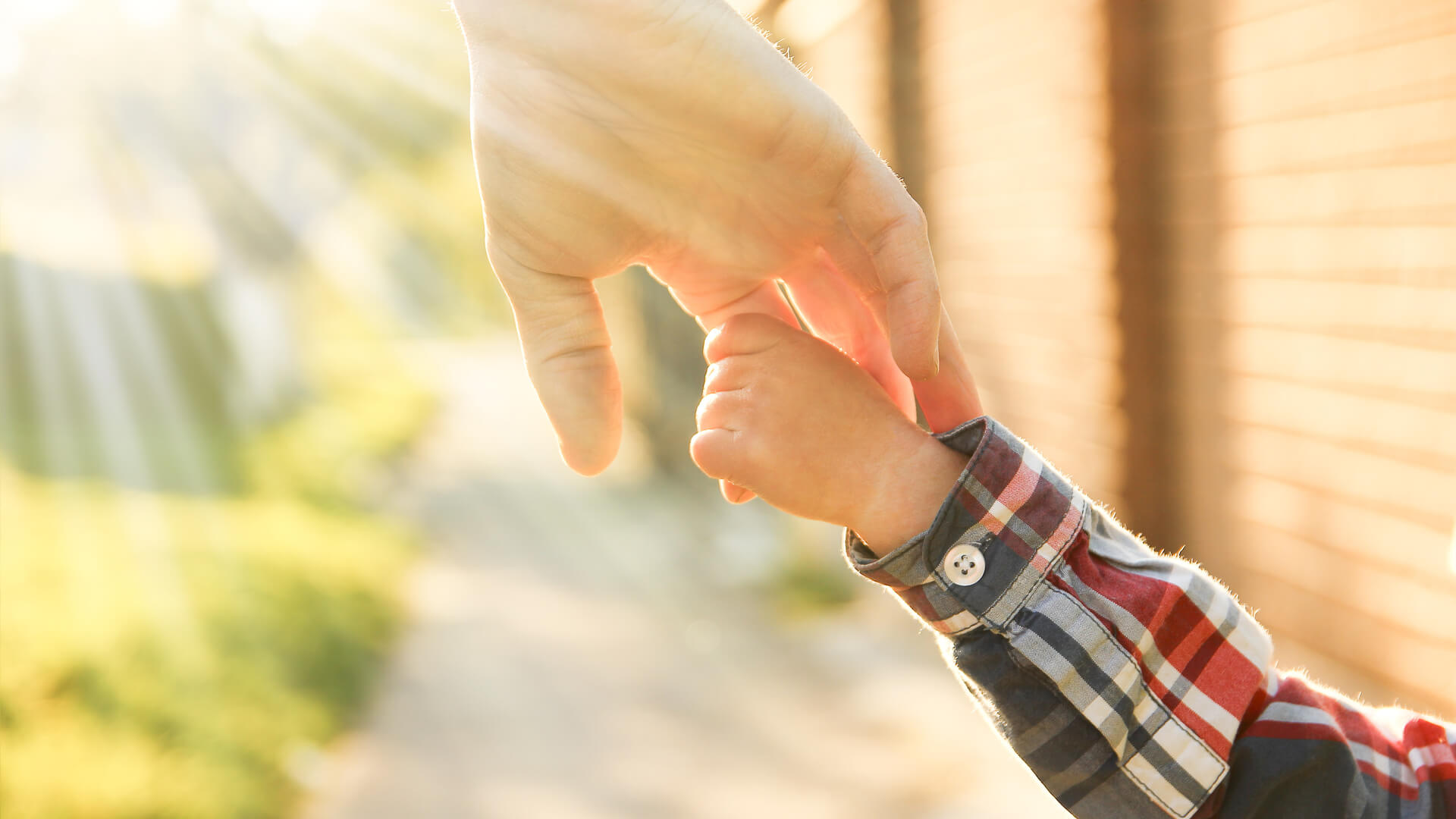
Once you are satisfied that you have identified the hazards in your home and taught your child the basics of understanding about danger, what else can you do? There are some straightforward, practical things you can do to improve the management of risk, and the great news is that it can be relatively inexpensive to do.
There are many products available online that help make your home environment as safe as possible, and give you added peace of mind. Check out sites like Amazon for a huge array of useful safety devices.
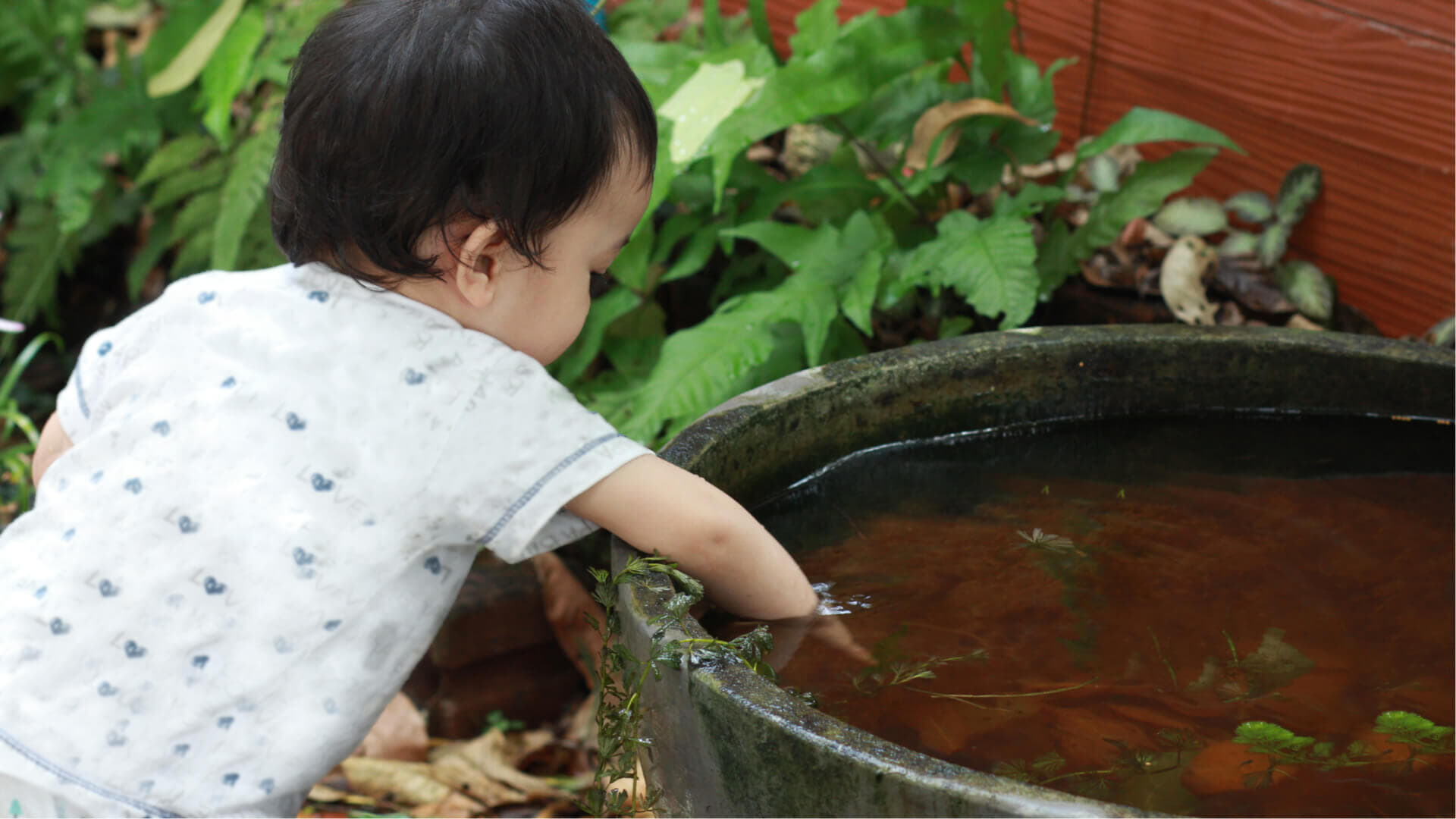
Don’t just stop at the inside of your home; treat the garden as a potential hazard too. Look at whether there are any trip hazards, ponds that might be a danger, or swimming pools; are there any steep banks or trees that look too inviting for a young mind to resist? Is there a busy road nearby that your child could access? Take precautions making sure that they understand the dangers of cars, and make the front gate impenetrable.
This list is by no means exhaustive, and there are many more ways to reduce the level of risks in your home, but it is simple and easy to follow. It also shows that by making some practical decisions and inexpensive changes, you can have less stress when it comes to your beautiful child growing up safely in your home.




